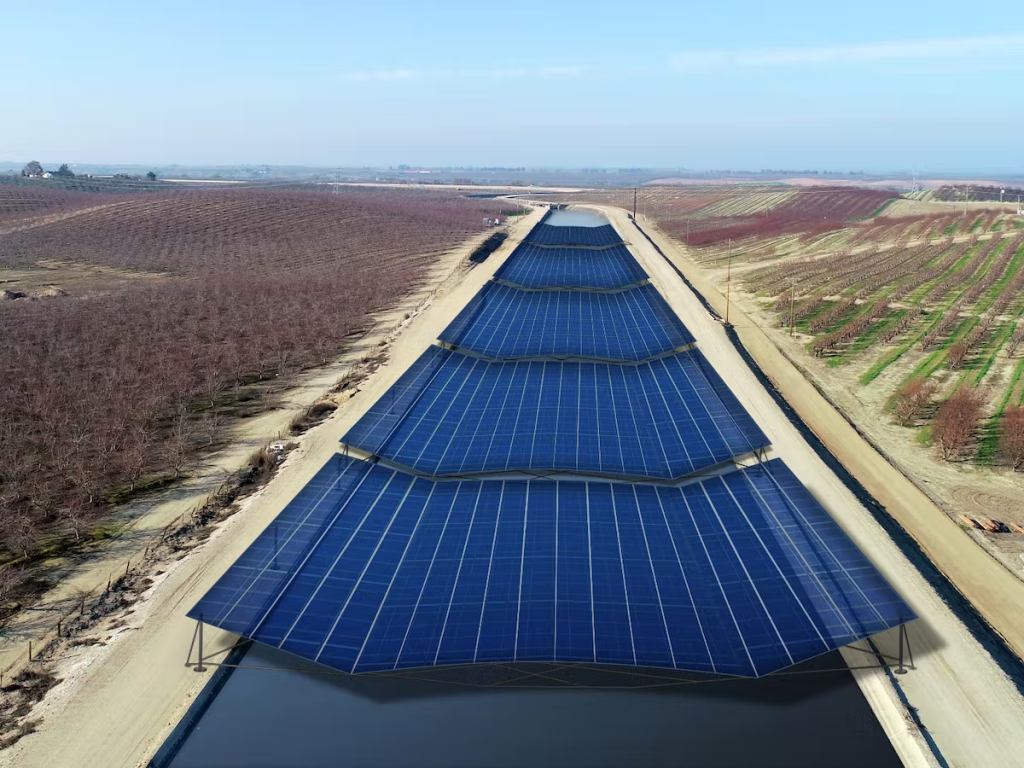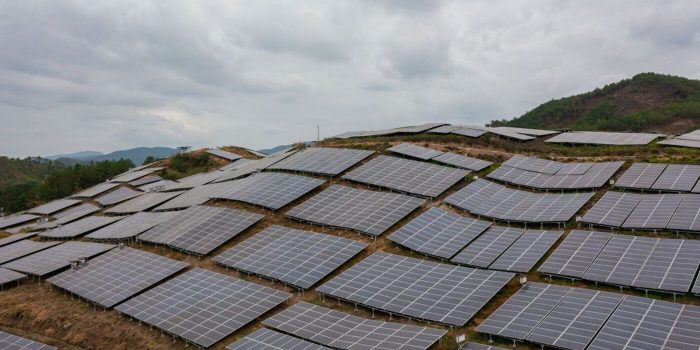It is a common belief that if there is more sun on the solar panels, more energy will be produced. However, a study has proven that this is not always the case.
The study was conducted by a team of researchers from the University of Utah (UU), the National Renewable Energy Laboratory (NREL), and Portland State University (PSU). It mentions that the efficiency of a solar plant is reduced by 0.5 percent when the temperature rises by one degree celsius from the optimal temperature.

The average temperature of solar panels lies between 15°C and 35°C. The PV cells achieve the highest energy efficiency at 25°C.
“Since more than 50% of PV generation capacity within the U.S. is located in warmer climates (that have temperatures ranging between 42°C to 70°C) of California, Arizona, and Nevada, understanding and finding methods to mitigate panel heating becomes crucial to the success of low-cost solar energy,” the authors note in the paper.
To have an optimal temperature on solar farms, the PV cell surfaces are either provided with coatings, or they are cooled down using water and wind. However, this raises the operating costs to a very huge level.
The researchers state that PV cells can be kept from overheating just by changing the geometry of a solar farm.
If all the panels in a solar farm have a proper gap between them and they are facing in the right direction, they can automatically cool themselves through convection, using the wind that flows around them.
The authors explained, “In this work, we propose an expanded interpretation of PV farm geometry to improve current convective cooling predictions, accounting for 3D module arrangements as canopy flow fields.”
The positioning will be unique to every solar farm as there are other factors to consider besides geometry like land area, latitude, type of surrounding vegetation, and direction of panels on a farm.

The researchers further state that “incorporating collective contributions such as module height, array spacing, and inclination through the correlation provides a more complete description of the solar farm as a canopy flow and can be applied to any existing predictive energy-cost model. Utilizing this correlation will give solar farm designers a simple way to explore a wide variety of parameters and increase potential power gains.”
When the researchers changed the panel height and increased the space between different solar panel rows while also taking other factors into consideration, they noticed a two percent growth in the power output from the farm. This approach will massively improve the efficiency of solar farms and make them more sustainable than before.


